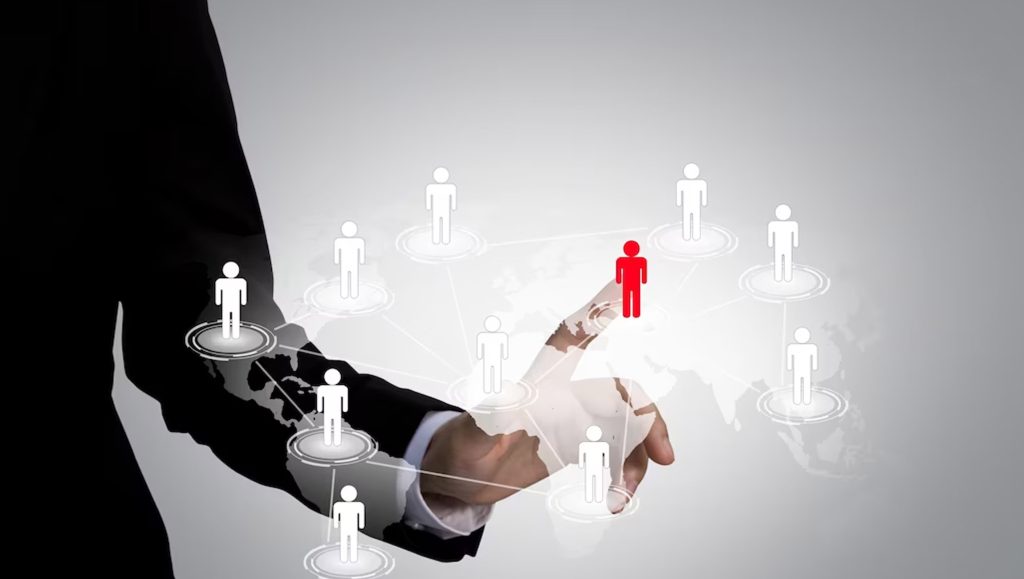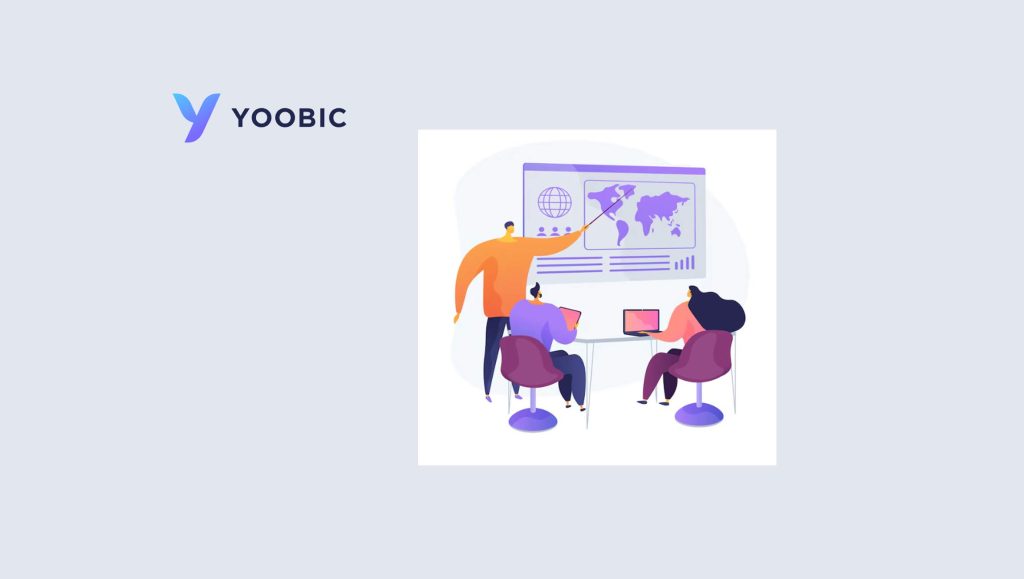Sales is a critical part of the formula, but by definition, it’s not Customer Success. Customer Success = Customer Experience + Customer Outcomes.
Working in silos and yet hope for Customer Success could spell doom for any modern sales and marketing team. There has been a flourish of modern technologies for sales and marketing automation. Now, sales teams are looking for the most reliable stack to break down their siloes and build uniform customer profiles that connect to all touchpoints along the buyers’ journey. A part of that automation could benefit from Artificial Intelligence and Machine Learning (AI/ML). Amperity’s Intelligent Customer Data Platform uses advanced machine learning and massive computing power to deliver just that. We interviewed Scott Fehr, SVP Customer Success at Amperity, to understand how could AI in sales and marketing further disrupt SaaS-based Customer Success.
Tell us about your journey into customer success? How do you leverage sales technologies to stay on top of your game?
My path to customer success (CS) was circuitous to say the least, but I think that’s actually more common than people might think. I spent a major part of my career in pre-sales. There, I built and led teams of sales consultants/engineers. Pre-sales works very closely with customer success. The transition to CS a number of years ago wasn’t alien to me, but it did involve a lot of learning. That learning hasn’t stopped, and I’m hoping it won’t!
I lean on most of the common sales tools and tech that you’d expect. But one thing I’ve learned over the years is, there’s no replacement for actual human connections outside of the tech. It’s great that we can communicate via Slack and see everyone’s calendar, but taking the time to actually speak with people and build authentic relationships can’t be automated.
What invigorated you to join Amperity?
My entire career always centered around data in one capacity or another. Whether it’s CRM or marketing automation, data and the surrounding ecosystems have been in the middle of my career path. Amperity’s story and its mission is unlike anything I had come across before. We’re addressing a problem that every single brand in the world faces: how do I make the most out of one of my most precious assets — the data I have about my customers.
The problem isn’t a lack of data. It’s more a case of too much data living in different places and formats while being mostly unconnected. The scale of the problem at these companies is literally too massive for humans alone to handle; it requires AI to do it effectively. Our customers are now seeing some pretty crazy results once Amperity’s AI algorithms stitch their data together. At this point, we have far greater demand than we can satisfy — that’s the side of the equation that I want to be on, and why I joined the company.
How could AI in sales and marketing further disrupt SaaS-based Customer Success? How are you preparing for the disruptive sales ecosystem at Amperity?
Customer Success is far from immune to AI disruption. If you think about the classic sales-handoff motion, CS has relied on sales and marketing to make sure the messaging received by customers are aligned with reality, and that we’re establishing an authentic partnership. Sales and marketing AI tools can certainly help optimize the marketing and sales message.
I’m very interested in how AI will continue to be leveraged for proactive messaging around things like adoption, usage, and the renewal cycle. It’s critical that Customer Success is aligned, both technically and philosophically with how AI is being applied on both sides of the funnel.
Why do most businesses still believe “Sales is Customer Success”? And, why is it not?
I’ve always liked this simple formula: Customer Success = Customer Experience + Customer Outcomes. By default, this expands customer success across nearly every aspect of the business. Sales is a critical part of the formula, but by definition, it’s not Customer Success.
What are the major challenges for businesses in delivering conversations at scale to their customers? How did you overcome these to ensure Customer Success?
In my opinion, the true challenge is the quality and timing of the conversations vs quantity. Pinging customers through automation is easy, but scaling quality interactions is tough. To do this well, Customer Success needs to initiate value-add conversations at the right times, and that often means incorporating voices outside of CS — like exec sponsors, product management, etc. The challenge is continually getting buy-in and alignment from those groups because they’re often running flat out in their own orgs.
How do you see the State of Customer Success evolving with better data and analytics? How does it ensure better Sales-Customer Success alignment?
The data available for today’s Customer Success teams are ridiculous.
Perversely, there’s often too much data, especially in SaaS-based environments. We typically have tremendous insights into product telemetry and usage, the temptation is to track absolutely everything.
There’s nothing inherently wrong with that, but it’s easy to lose the forest for the trees. One of the most important lessons I’ve learned is to isolate a much smaller number of key indicators and then put the process around those metrics. That’s true for support, onboarding, and overall alignment with sales. Human relationship analytics, like nudge.ai, are really interesting to me and will play an increasingly bigger role in the people/technology dynamic.
How do you define and build “The Path to Customer Success Mastery?
Big question. I’ll stick with a contained answer: Customer Success mastery in a SaaS-based environment happens when the product market-fit coincides with repeatable onboarding/support, and a well-choreographed renewal process. Just nail those three and you’ve arrived.
How do you leverage People Management resources to adapt to fast-changing Customer Success industry?
If we’re talking about internal people management, there are some really great tools out there for resource and project tracking. We’re currently transitioning some of these tools from stand-alone to being more tightly incorporated into our CRM system.
How should sales organizations strategize and deliver on their Customer Success commitments?
I referred to this in a couple of the previous questions, but acknowledging that Customer Success is a corporate directive and not just an org is the first step. Most SaaS-based companies get this but don’t always execute it that way. Customer experience starts with the very first interaction — web, human, whatever. Quality customer outcomes result from the product delivering continued value. Strategy and delivery can take whatever shape they need to, as long as customer experience and customer outcomes remain the central theme.
Could humans ever match in Customer Success what virtual assistants and call tracking analytics deliver?
No, and nor should they. Those (virtual assistants) are great for high volume, lower-value interactions that can massively scale. What they can’t do is high value, low-frequency interactions around stakeholder management, business process ideation, those kinds of things. It’s a great technology to help Customer Success humans spend more time on smart, valuable things and less time on important, but light-lifting interactions.
Who would you like to tag in this interview who could answer some of our questions
Thank You, Scott, for chatting with us about the role of technologies for Customer Success!





















